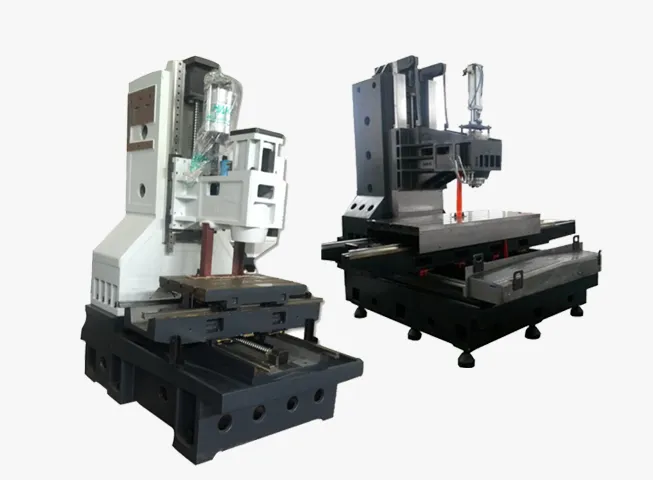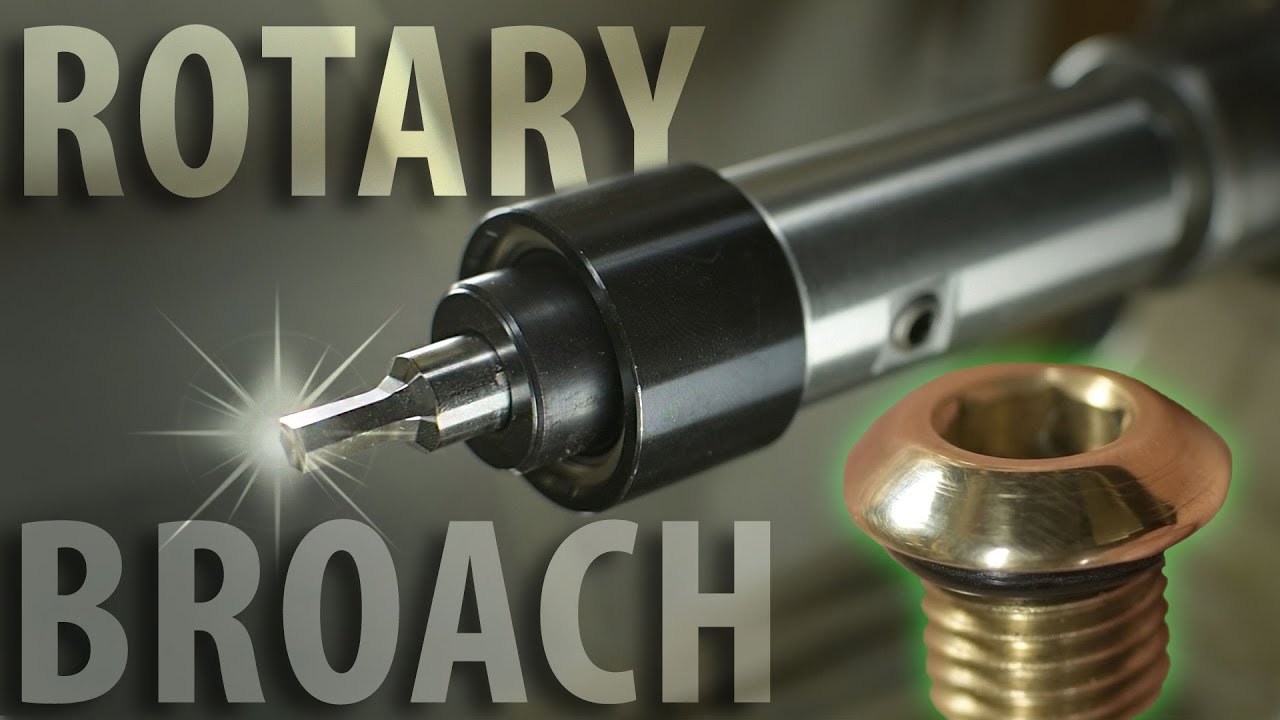Computer Numerical Control (CNC) machining centers have revolutionized the manufacturing industry, providing unparalleled precision, speed, and versatility. Whether you are involved in automotive, aerospace, medical, or any other form of product manufacturing, selecting the best CNC machining centers can enhance your productivity, minimize downtime, and ensure impeccable product quality. In this guide, we will dive into the fundamentals of CNC machining centers, explore the different types available, discuss factors to consider when choosing one, and provide expert insights into best practices. By the end, you will have a clear understanding of what makes certain CNC machining centers stand out and how to pick a solution that aligns with your operational needs.
Understanding CNC Machining Centers
CNC machining centers are advanced manufacturing machines controlled by a computer program. They perform multiple machining operations—such as milling, drilling, tapping, and boring—automatically with high accuracy. Here are key elements that define a CNC machining center:
Definition and Core Components
A typical CNC machining center consists of a spindle (or multiple spindles), a tool magazine or carousel to hold cutting tools, and axes (usually three or more) for controlling part geometry. The primary advantage of these machines lies in their ability to repeat tasks consistently once the program is set.
Functions and Features
CNC machining centers can perform complex operations in minimal time compared to traditional manual machining. Their programming ensures uniformity and repeatability, which is why industries rely on them for mass production or intricate custom parts.
Importance of Materials and Build Quality
The stability of a CNC machining center is heavily influenced by factors like cast iron construction, Meehannite materials, and thermal treatments for reducing deformation. A robust structure elevates machine rigidity, leading to enhanced surface finish and dimensional accuracy.

Types of CNC Machining Centers
While CNC machining centers share a common goal of automating manufacturing processes, they come in various configurations to handle diverse production demands.
Vertical Machining Centers
Vertical machining centers (VMCs) feature a vertically oriented spindle, making them ideal for a wide range of applications. Their design is perfect for projects that require easy access to the workpiece. Also, VMCs generally have a smaller footprint, making them suitable for workshops with limited floor space. They excel in tasks such as die sinking, mold making, and metal cutting where downward forces aid in chip removal.

Horizontal Machining Centers
Horizontal machining centers (HMCs) position the spindle horizontally, allowing chips to fall away from the cutting area more efficiently. They are well-suited for high-volume production runs and larger workpieces, especially in automotive and aerospace industries, where speed and accessibility to multiple sides of a component are critical. HMCs typically cost more than their vertical counterparts, but their productivity gains can justify the higher investment.
5-Axis Machining Centers
5-axis machines add rotational axes, enabling the spindle or the table to tilt and rotate. This advanced setup can complete highly complex parts with fewer setups, improving precision and reducing lead time. Industries requiring detailed contours and multi-sided machining—such as aerospace and medical—often rely on 5-axis CNC machining centers. Though they carry a higher initial cost, the gains in efficiency and advanced capabilities may well justify the expenditure for specialized applications.
Criteria for Choosing the Best CNC Machining Centers
Selecting the right CNC machining center is not a one-size-fits-all process. Instead, it involves balancing multiple factors to ensure you invest in a machine that aligns with your production goals, part complexity, and budget.
Precision and Accuracy
When it comes to sophisticated parts, tolerances and surface finishes are paramount. Machines with robust construction, thermal stability, and advanced ball screw systems provide industry-leading precision. The best CNC machining centers typically integrate well-engineered cast frames to reduce vibrations and maintain accuracy over extended runs.
Rigidity and Stability
Rigidity directly influences the machine’s capability to maintain accuracy during heavy cuts. If your operation deals with hard metals such as titanium or steel, or requires consistent performance 24/7, a machine built with high-quality castings and a reinforced structure will deliver stable, repeatable results.
Speed and Efficiency
In manufacturing, speed often translates to cost savings, especially in high-volume production. Look for CNC machining centers with fast tool-change times, high-speed spindles, and capable CNC controllers that can handle complex programs without stalling. Balancing feed rate and spindle RPM is vital for achieving consistent throughput.
Software and Control Systems
State-of-the-art software and control systems greatly influence the machine’s ease of use and advanced functionalities. Controllers with user-friendly interfaces, offline programming capabilities, and real-time monitoring can save time, minimize errors, and streamline training for new operators.
Price and Return on Investment (ROI)
Budget constraints are unavoidable. However, focusing solely on the lowest price can lead to higher maintenance and operation costs down the line. By researching performance, reliability, and maintenance requirements, you can accurately estimate the total cost of ownership. Investing in a slightly more expensive yet reliable machine may deliver better ROI over its lifetime.
After-Sales Service
CNC machines are complex and require periodic maintenance. Opting for a manufacturer or distributor with a solid after-sales support network ensures you receive timely repairs, spare parts, and expert guidance. Prompt service can drastically reduce downtime, which translates to significant cost savings.

Comparison: Vertical vs Horizontal CNC Machining Centers
Vertical and horizontal CNC machining centers dominate the market. Here’s a breakdown of how they stack up:
Machining Complexity
- Vertical Machining Centers: Generally more straightforward to set up for simple workpieces and single-face operations.
- Horizontal Machining Centers: Better for complex multi-face machining due to easier access to multiple sides of the part in one setup.
Production Volume
- Vertical Machining Centers: Adequate for low-to-medium production runs.
- Horizontal Machining Centers: Typically more efficient for high-volume production demand, offering better chip evacuation and possibly reduced cycle times.
Workpiece Size
- Vertical Machines: Often built for smaller to medium-sized parts, although large VMCs exist.
- Horizontal Machines: Usually favored for larger or heavier components, common in automotive and heavy industries.
Overall Cost
- Vertical Machines: Lower initial investment, making them popular with smaller shops or job shops with varied projects.
- Horizontal Machines: Higher upfront cost, but can deliver better productivity and profitability under the right conditions.
Advanced Features in Modern CNC Machining Centers
The quest to create the best CNC machining centers pushes manufacturers to integrate cutting-edge technologies and performance-boosting features.
- High-Speed Spindles: Capable of reaching 10,000–20,000+ RPM, these spindles excel in precision milling and fine finishing, offered in many modern CNC machines to optimize throughput.
- Automation Integration: From simple pallet changers to fully automated robotic arms, many manufacturers are embracing Industry 4.0, aiming to reduce downtime and operator intervention.
- Cooling and Lubrication Systems: Proper cooling is crucial for part accuracy and extending tool life. Advanced coolant delivery systems, including high-pressure through-spindle coolant, help remove chips more effectively.
- IoT and Remote Monitoring: With real-time data analytics and remote monitoring, operators can keep track of machining conditions, predict maintenance needs, and optimize operations to reduce scrap rates.
- Sustainability Considerations: As energy costs rise, modern CNC machining centers increasingly feature energy-saving modes, regenerative braking, and eco-friendly lubricants.
Best Practices for Operating CNC Machining Centers
Owning a top-rated CNC machining center alone does not guarantee success. Proper operation, maintenance, and safety protocols are equally important.
- Maintenance Tips: Follow the manufacturer’s scheduled maintenance intervals, which may include lubrication checks, spindle alignment verifications, and ball screw inspections. Keeping a detailed machine maintenance log is key to spotting patterns.
- Operator Training: Well-trained operators are critical for extracting the full potential of any CNC machining center. Training should cover everything from control navigation to advanced setup techniques and error troubleshooting.
- Safety Considerations: Ensure strict adherence to safety guidelines. Protective equipment such as safety glasses, ear protection, and appropriate tool handling can prevent accidents. Clear signage around machine operation zones is recommended to safeguard operators and bystanders.
Real-World Applications
CNC machining centers excel in various sectors, each benefiting from the precision and reliability these machines offer.
- Automotive: They enable mass production of complex engine parts, transmission components, and chassis elements.
- Aerospace: Known for high-tolerance requirements, the aerospace industry relies on CNC machining centers to manufacture components designed for extreme conditions.
- Electronics: High-speed CNC machining centers can handle delicate circuitry housings, precision enclosures, and heat sinks with minimal manual intervention.
- Medical Devices: From orthopedic implants to surgical instruments, medical applications benefit from the repeatability and tight tolerances.
- General Manufacturing: Job shops often use CNC machining centers to serve multiple clients across industries, producing custom parts with high accuracy and minimal lead times.
Summary and Next Steps
Selecting the right solution among the best CNC machining centers can seem daunting, as the market offers numerous models with varying capabilities. By considering factors like precision, build quality, speed, software sophistication, and after-sales support, you can narrow down which machine fits your operational goals and budget constraints. Vertical machining centers are a perfect entry point for many small and medium shops, while horizontal and 5-axis centers cater to higher-volume and more complex part manufacturing.
If you are searching for reliable, user-friendly, and high-performance CNC machining centers, our company offers a range of solutions that align with these priorities. Over the years, we have worked to deliver machines known for their consistent performance, robust materials, and advanced technologies. Our global distribution network also ensures professional service and timely support, allowing you to focus on what matters most—growing your manufacturing business.
In the fast-evolving world of manufacturing, staying updated on the latest CNC technologies, maintenance techniques, and automation trends is vital. Whether you choose a vertical, horizontal, or 5-axis CNC machining center, you will find that investing time to understand your needs and the machine’s capabilities pays off in boosted efficiency, reduced scrap rates, and superior product quality. By embracing modern features like IoT integration and focusing on proper operator training, you will maximize the return on your CNC investment—continually driving your production quality and volume to new heights.




